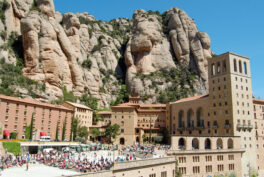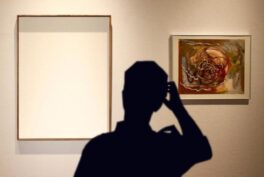The National Portrait Gallery in London is due to close its doors from 29 June 2020. The Inspiring People gallery redevelopment works will take three years. The gallery holds the most extensive collection of portraits in the world. In preparation for this long break, Daily Art Magazine would like to take you for a trip around the world inspired by the works available in the gallery’s extensive online catalog. We’ll visit all continents and meet a host of fascinating people through their amazing portraits.
In our final episode, we will visit the Asia Pacific region. Because it is such a rich and diverse location, we are sure to meet some interesting characters. If you only joined us now in our travels, you can catch up using the links at the bottom of the article .
Pakistan
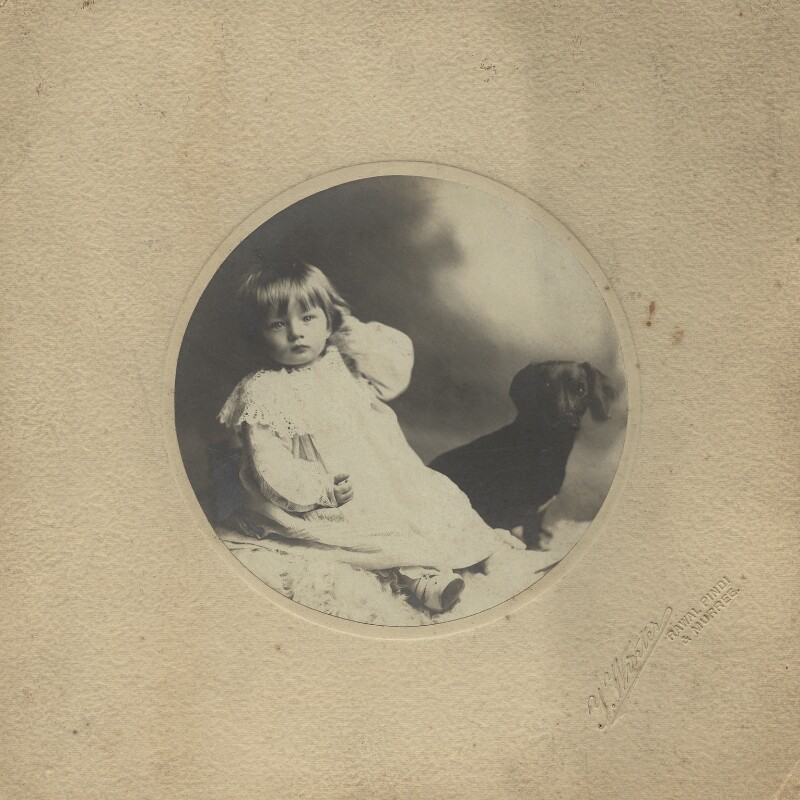
Julia Strachey (1901 – 1979) was an English writer, born in Allahabad, India. For most of Julia’s life, she lived in England, where she worked as a model at Poiret, as a photographer, and as a publisher’s reader, before she embarked upon a career in novel-writing. With that, in 1932 she published the eccentric and witty Cheerful Weather for the Wedding. Virginia Woolf wrote about it: ‘I think it astonishingly good – complete and sharp and individual.’. Strachey soon became integrated into the Bloomsbury Group, frequenting many of its social events.
This cute photo was taken during Julia’s childhood in Murree,
now in Pakistan.
While this picture was being taken, Joseph Conrad published his short story The Heart of Darkness, a powerful critique of European imperialism. At the same time in New York, Alfred Stieglitz founded the Photo-Secession movement which was a group of US photographers influenced by the Pictorialist movement. They strived to seek recognition of photography as an art in its own right.
Burma
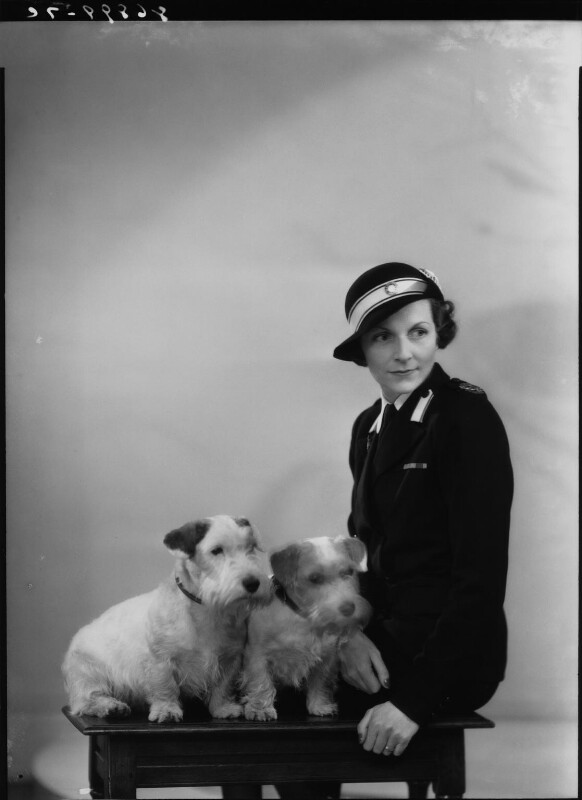
Edwina Cynthia Annette Mountbatten (1900 – 1960) was an English heiress, socialite, relief worker and the last Vicereine of India as wife of Louis Mountbatten. She had affairs throughout her marriage, doing little to hide them from her husband. He became aware of her lovers, accepted them and even developed friendships with some of them – making them “part of the family”. Edwina’s affair with Jawaharlal Nehru, prime minister of India, both during and after their post-war service has been widely documented. At the outbreak of the Second World War, Lady Mountbatten acquired a new purpose in life and devoted her considerable intelligence and energy to the service of others. In 1942, she was appointed Superintendent-in-Chief of the St John Ambulance Brigade serving extensively with the Brigade.
Japan
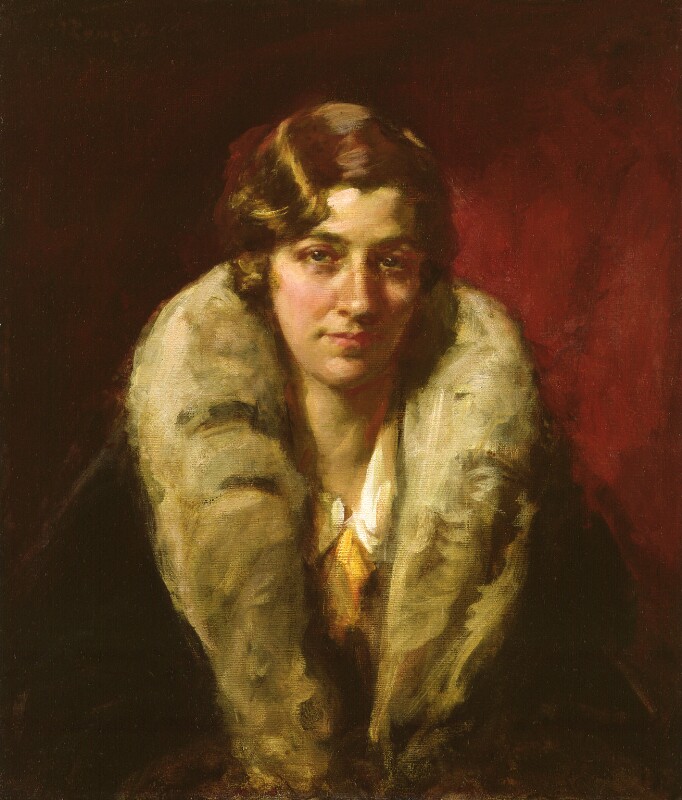
Amy Johnson (1903-1941) was a pioneering English pilot who was the first woman to fly solo from London to Australia. She trained as a secretary but developed a consuming passion for flying. Johnson learned to fly and qualified as a ground-engineer in 1929.
With no more experience than a short flight from London to Hull, on May 5th, 1930, she set out to fly solo to Australia in a tiny Gipsy Moth and landed in Port Darwin nineteen days later. With that winning a £10,000 prize offered by the Daily Mail. This was followed by record-breaking flights to Tokyo via Siberia in nine days in 1931 and to Cape Town in 1932. She married the American pioneer aviator Jim Mollison in 1932. Together they flew to Karachi in 1934 and to the Cape and back in 1936. As a woman, she was ineligible to fly with the RAF in World War Two and joined the Air Transport Auxiliary. She drowned after baling out of her Airspeed Oxford airplane over the Thames Estuary.
India

Mahatma Gandhi (1869-1948) was a political leader, activist, and religious and social reformer. Born in Porbandar, India, Gandhi left for London in 1888 to study law at University College. His first major job was as a legal advisor in South Africa where he led a campaign against the requirement for people of Indian heritage to carry identity cards. By the time he returned to India in 1915, Gandhi was an internationally recognized figure. He played a leading role in the formation of the Indian National Congress and campaigned for India’s political independence from Britain. Indians of all classes and religions embraced his calls for non-violent protests against British rule. In response, the British arrested him for sedition and imprisoned him for two years. In 1948, he was assassinated in Delhi by a Hindu extremist.
The firm of Elliott & Fry was founded in 1863 by Joseph John Elliott (1835-1903) and Clarence Edmund Fry (1840-1897), who opened their first premises at 55 Baker Street where they stayed at until 1886. The firm employed a variety of operators who took the photographs, including Francis Henry Hart and Alfred James Philpott in the Edwardian era, Herbert Lambert and Walter Benington in the 1920s and 1930s and subsequently William Flowers. In the early 1940s, the studio was bombed and most of the early negatives were destroyed. Shortly after the firm’s Centenary in 1963, it was taken over by and amalgamated with Bassano & Vandyk. The National Portrait Gallery owns all the surviving negatives.
Sri Lanka
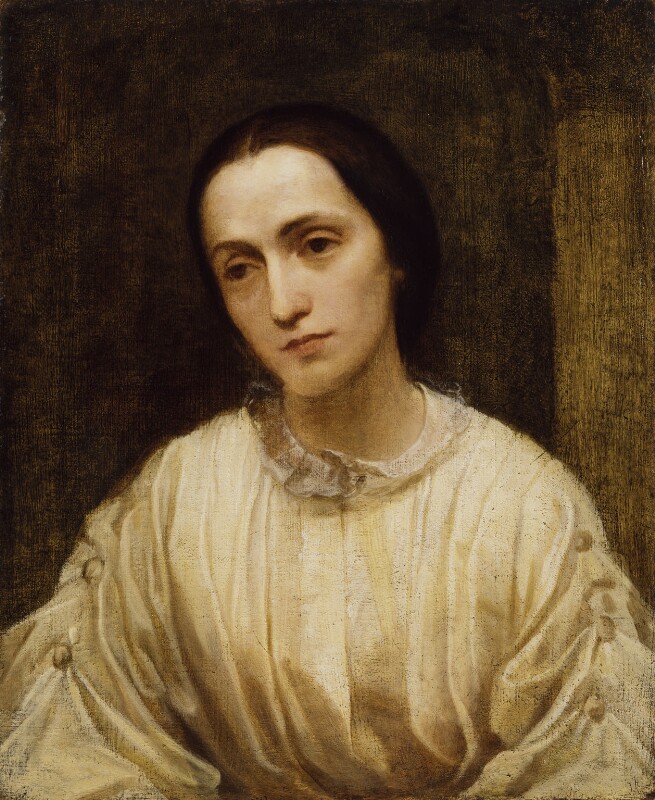
Julia Margaret Cameron (1815-1879) was a pioneer photographer. Born in Calcutta, educated in England and Paris, she married Charles Hay Cameron, a lawyer, in Calcutta in 1838, and then moved to England. Cameron was given her first camera in 1863 and held her first exhibition at Colnaghi’s in 1865. Despite her success, in 1875 she left Britain for Ceylon (now Sri Lanka) where they had coffee plantations, remaining there until her death three years later. Cameron is best known for her portraits of great Victorians such as Darwin, Herschel, Watts and Tennyson and illustrations of the latter’s Idylls of the King. Her unfinished autobiography Annals of my Glasshouse was written in 1874 and published in 1889.
This portrait was painted around 1850, the date given by the sitter both on labels and as ‘1850 Long – long ago’ on a reproduction produced around 1870–74. A related pencil study shows the head at a different angle, also looking down (see ‘All known portraits, 1850–52’). Sitter and artist became acquainted in 1849 when Watts first painted Cameron’s younger sister Virginia Pattle (later Somers Cocks). Portraits of other sisters followed: Maria Jackson (1850), Sara Prinsep (1850–51) and Sophia Dalrymple (1851–3). All were renowned for their beauty with the exception of Julia Cameron, who was described as being ‘of noble plainness’; she is here endowed with a romantically wistful appearance also at odds with contemporary descriptions of her energetic, enthusiastic demeanor.
Borneo
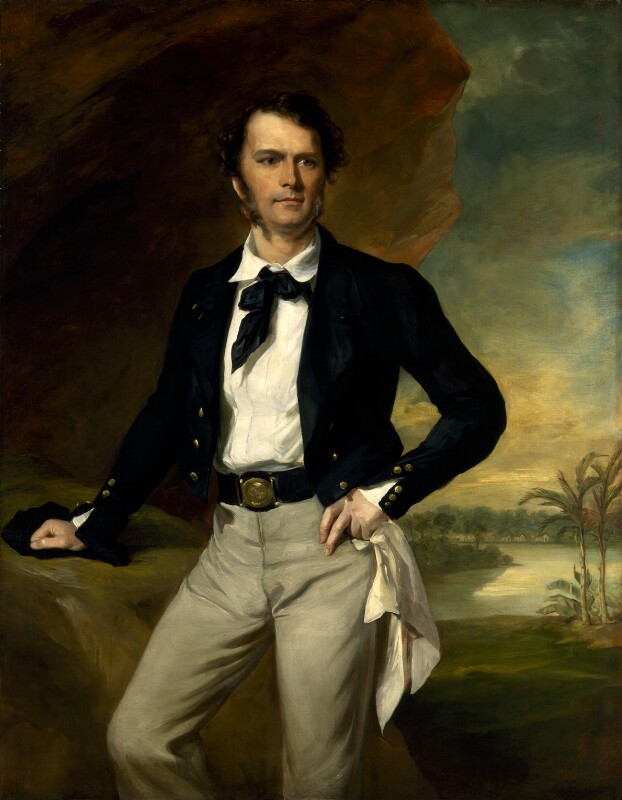
After suppressing a rebellion in the region, in 1841 Brooke, a quixotic and adventurous man, assumed government and became the Rajah of Sarawak. He instituted various reforms and cracked down on piracy. Although charges of cruelty and illegal conduct were brought against him they could not be proven. This portrait was painted on his return to England in October 1847. Brooke, in undress naval uniform, stands against an idealized Eastern landscape, presumably intended to represent Sarawak. The picture was apparently painted as an act of friendship and given to Brooke by the artist.
1847 was a good year for novels: Emily Bronte’s passionate, rebellious and gothic Wuthering Heights was published, followed shortly afterwards by her sister Charlotte’s Jane Eyre, a story of a governess’s struggle for liberty from social and gender constrictions. Drawing on a similar vein of revolution and rebellious women, William Thackeray’s satirical novel Vanity Fair was serialized.
Hong Kong

Sir Robert Ho Tung (1862-1956) was a Chief Comprador, businessman and philanthropist. Hotung was Eurasian. His father, Charles Henry Maurice Bosman was Dutch while his mother was Sze Tai, a Chinese woman of Bao’an (present-day Hong Kong) and Shenzhen) heritage. After graduating from Queen’s College in 1878, Hotung went to Canton, where he worked as a clerk for the Chinese Imperial Maritime Customs. In 1880, he returned to Hong Kong and joined Jardines as an assistant in the compradore department. His bilingual skills and business acumen eventually propelled him to become Head Compradore in 1894. Although he was of mixed parentage, Hotung considered himself Chinese, a fact reflected in his sartorial preference. By the age of 35, he was the richest man in Hong Kong.
Samoa
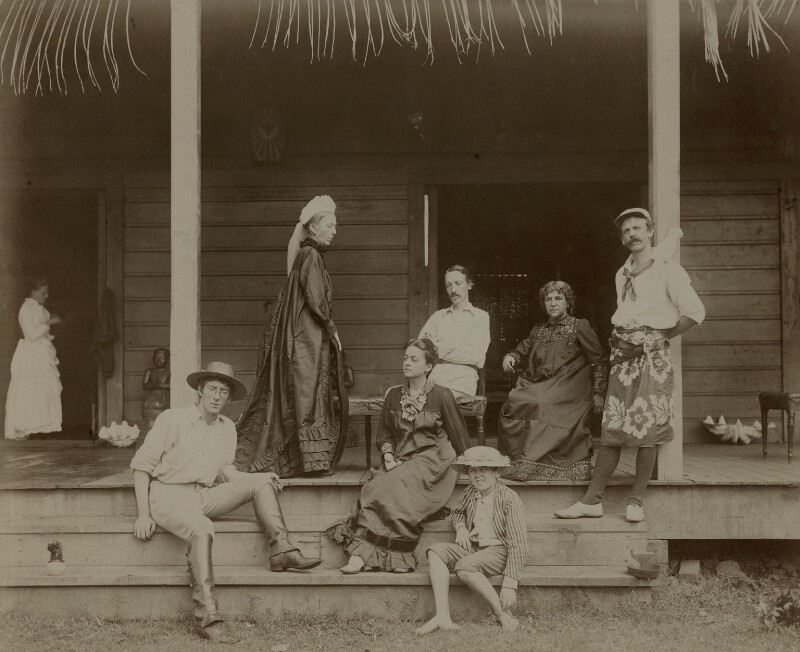
Robert Louis Stevenson (1850 – 1894) was a Scottish novelist
and travel writer, most noted for Treasure Island, Kidnapped, Strange
Case of Dr Jekyll and Mr Hyde, and A Child’s Garden of Verses. Born
and educated in Edinburgh, Stevenson suffered from serious bronchial trouble
for much of his life, but continued to write prolifically and travel widely in
defiance of his poor health.
In 1890, Stevenson purchased a tract of about 400 acres in
Upolu, an island in Samoa where he established himself on his estate in the
village of Vailima after two aborted attempts to visit Scotland. He took the
native name Tusitala (Samoan for “Teller of Tales”). His influence
spread among the Samoans, who consulted him for advice, and he soon became
involved in local politics. He was convinced that the European officials who
had been appointed to rule the Samoans were incompetent, and he published A
Footnote to History after many futile attempts to resolve the matter. This was
such a stinging protest against existing conditions that it resulted in the
recall of two officials, and Stevenson feared for a time that it would result
in his own deportation.
Taken by the local postmaster, this photograph shows Stevenson, seated in the centre, on the verandah of the house he built there. The other sitters are, from left to right, Lloyd Osbourne, his stepson and collaborator; Stevenson’s mother, Isobel Osbourne; Mrs Joseph Strong, stepdaughter and amanuensis; Austin Strong, the Strongs’ son; Stevenson’s wife, and Joseph Strong, his stepson-in-law.
London’s National Portrait Gallery
Around the World with the National Portrait
Gallery – P.1 The Extremes
Around the World with the National Portrait Gallery – P.2 Europe
Around the World with the National Portrait Gallery – P.3 Africa
Around the World with the National Portrait Gallery – P.4 Americas
Around the world with the National Portrait Gallery – P.5 Europe



